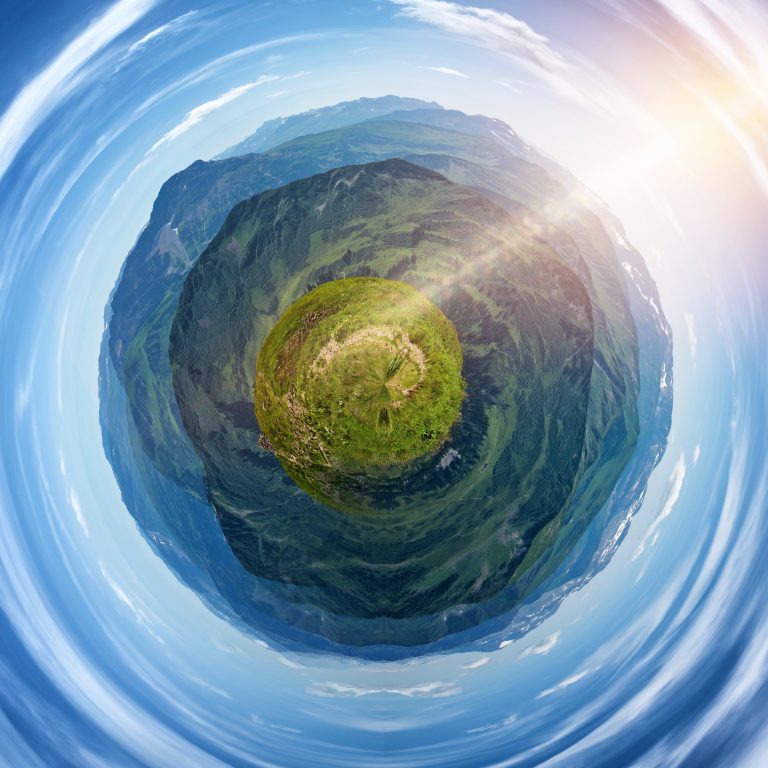t the same time, the demand for packaging materials is growing as a result of increasing wealth and a growing global population. This means that the use of raw materials, the amount of packaging waste, and its environmental impact are increasing. The environmental impact of the increased market demand is expected to be larger than what can be compensated for by using fewer materials. Furthermore, our current recycling capacity is not yet sufficient to make up the difference. The end result is that the environmental impact of packaging materials continues to grow.
Advanced packaging materials: often difficult to recycle
Increasingly advanced packaging materials are being developed in order to realise similar or even improved properties with less material, for example a higher oxygen barrier or improved processability. These are often complex materials made up of composite or multi-layer materials, which combine the positive properties of different materials.
However, there is a downside to these materials. Because they are difficult or even impossible to separate into monomaterials, their recycling is both difficult and costly. In many cases, it is not yet possible to replace these complex materials with monomaterials. This is because the monomaterials available lack the right protective properties and for example do not prevent product spoilage effectively enough or because they are too expensive.
An answer to this dilemma can only be found in a circular economy, in which we treat material flows differently, develop product-packaging combinations in a different manner, and create new business models. This will allow us to compensate for the growing demand and create market value, without further depleting the available resources and putting an excessive strain on the environment.
To make it possible to move towards a circular economy for packaging materials, it is necessary for all parties in the value chain to collaborate closely. After all, the existing material chains and all spheres of influence, including processes and business and revenue models, must be taken into account.
The influence of packaging development
At the moment, packaging development often makes up just a small part of the total value chain. As the image shows, this chain runs from purchased packaging materials and semi-finished products from suppliers via the packaging process to the pallets loaded with packaged final products that are delivered to buyers, for example in the retail sector. In a circular economy, it is important to also take the development of raw materials on one side and waste processing on the other side into account during the design phase. By doing so, it becomes possible to close the chain from waste to raw material.
This requires designers to think differently: how can I use my design to avoid creating any waste? How can my product or its packaging fit in with the technical cycle in which materials are ultimately recycled into new raw materials, or the biological cycle in which materials can be composted to provide nutrients for the cultivation of renewable resources? Which cycle is best for the product-packaging combination? What other systems or business models can we utilise to meet the needs of consumers?


